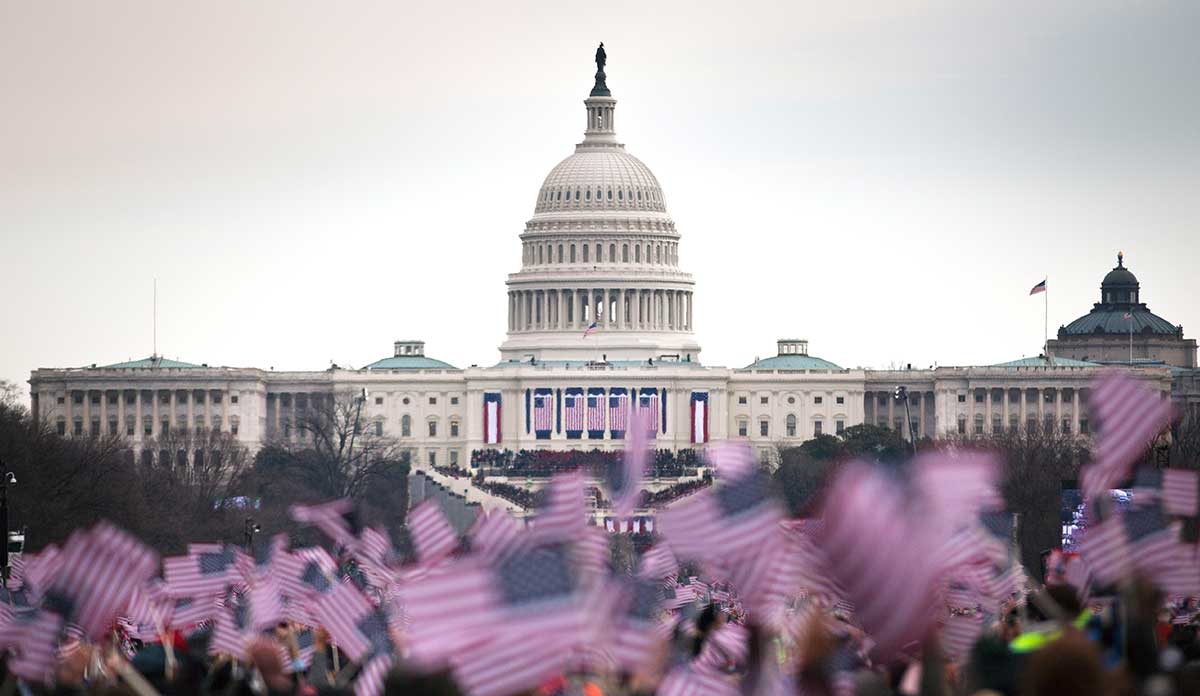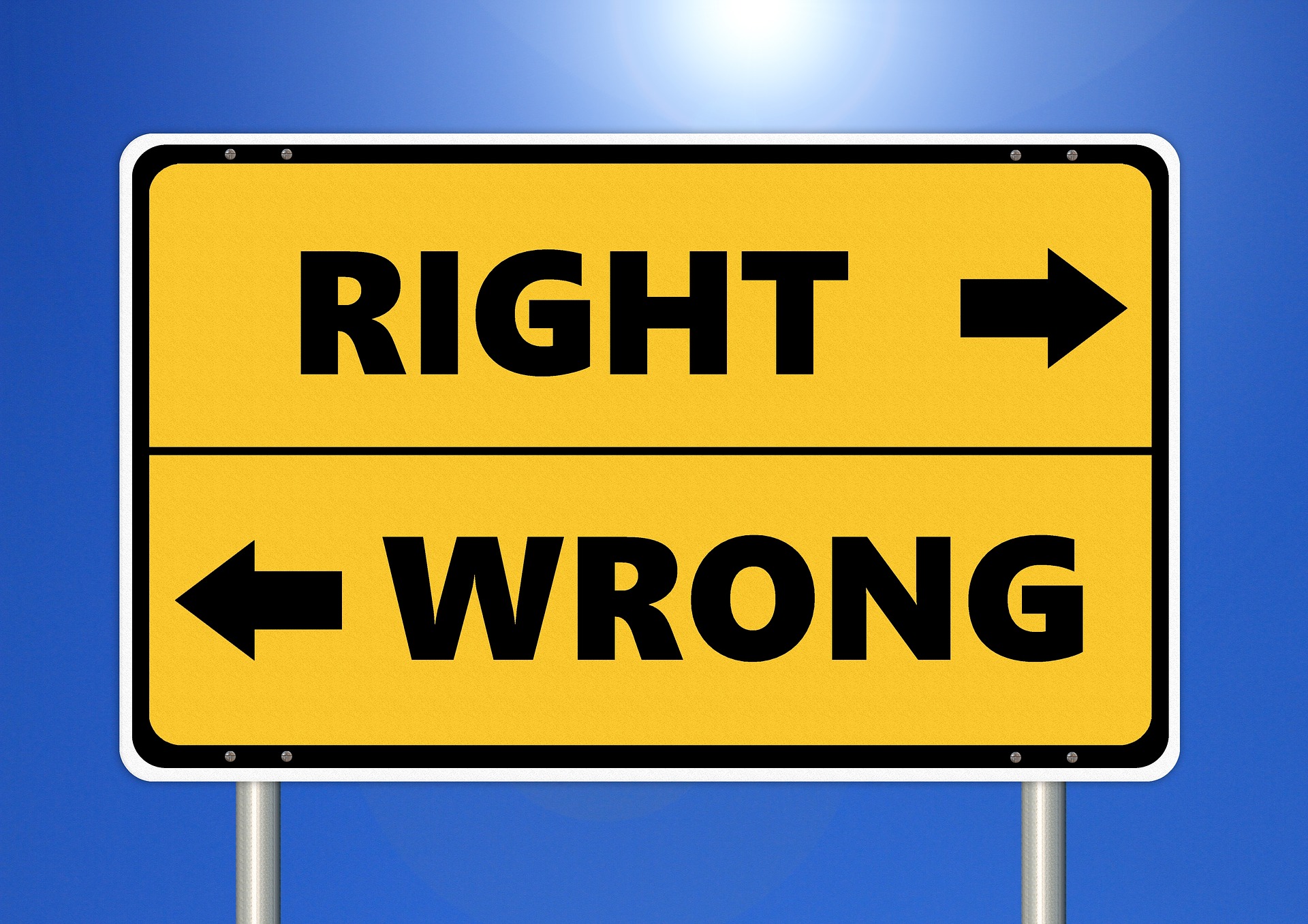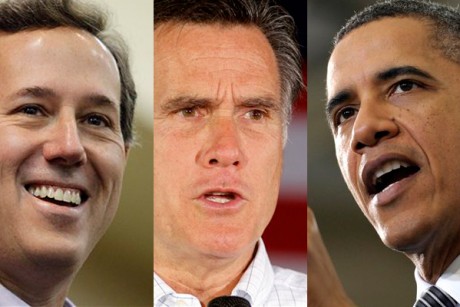The common public relations wisdom about brands and politics is that they don’t mix. When an issue fuels consumer anger or public debate, it should be avoided at all costs. The bigger the brand, the more risk-averse the marketing team tends to be, with good reason.
But nowadays there’s pressure for brands to take a stand. The election of Donald Trump didn’t cause the culture wars, but it has hardened the polarized positions that already existed. There’s new energy on the left, resulting in a backlash among Trump supporters, which triggers more division, and so on. Like-minded people live in tribes, separated by geography, social media circles, and traditional media consumption. Some want to know that the brands they support share their views, and even their activism.
Just last month there was a storm of outrage over Megyn Kelly’s interview with conspiracy nut Alex Jones. JP Morgan Chase pulled its advertising from NBC’s new show in advance to register its disapproval. The move echoed the ad boycott of Breitbart News last year as major brands left the site in droves over its “alt-right” content.
Even Shakespeare had his time in the barrel recently. New York’s Shakespeare in the Park is a longstanding cultural happening here, but this season the protagonist of its production of Julius Caesar looked very much like President Trump, and (spoiler alert!), because he’s assassinated by political rivals, critics saw a possible incitement to violence. Some advertisers lent their ears to the complaints as well. Bank of America pulled its sponsorship of The Public Theater after 11 years. Following suit was Delta, which tweeted that the production “crossed the line on the standards of good taste.”
Whether you agree or not, the above decisions were at the low end of the risk scale. Wading into a third-rail issue like immigration, abortion, or even climate change, can be far more perilous to a brand reputation. The research isn’t definitive, but most studies show that taking a stand amidst controversy does come with risk. A study by SSRS in collaboration with the 4A’s found that 58 percent of consumers dislike when brands get political. And that dislike may be more than just temporary. A YouGov survey suggests that that when consumers drop a brand due to bad PR, as many as two-thirds never return to it.
Yet there are major exceptions to the common wisdom that make a brand’s PR direction more challenging. Research also shows that younger people – Millennials and especially post-Millennial consumers – are far more likely to say that brands should take a political stand than, say, Baby Boomers. Since these younger segments are beloved by advertisers and are the future of so many brands, PRs and marketers are taking note.
So, when should a brand take a stand?
The answer depends on the brand. For those with a strong activist identity, the path is easier. Take Patagonia, for example. For its brand, this “new normal” of weekend activism is probably a marketing opportunity. The company’s advocacy on environmental issues is a core value. Even for a less well-identified brand, a strong stand on a social or political matter could drive relevance by differentiating it. But for most mainstream products and companies, the decision to embrace politics – or a politicized issue – is fraught.
How should PRs navigate the new environment? Here are some guidelines to navigating the brand reputation waters when it comes to controversial positions.
Know your audience
When Trump signed the executive order banning travel from seven majority-Muslim countries, Airbnb jumped to oppose it. Not only did CEO Brian Chesky speak out against the order, but Airbnb went further by offering housing to stranded refugees. The position was fully consistent with the brand’s values and that of its customer base of sophisticated international travelers. Patagonia founder Yves Chouinard has slammed Trump over his decision to leave the Paris Accord, but given his history, brand-watchers would probably be more surprised if he were silent. No position or campaign will please everyone, but a brand should know if a position will run counter to the values of its “base.”
Explain the move honestly
One of the early victims of the polarization around Trump was the venerable L.L. Bean brand. After Trump tweeted thanks for the support of Linda Bean, granddaughter of the company’s founder, it set off a move to boycott Bean products. The company wisely kept a low-ish media profile but outlined its response to the protest in a statement posted on Facebook. It explained its company values (“inspiring people to live life outdoors”), summarized its community and philanthropic commitments, including environmental stewardship and education, and respectfully asked for critics to view Linda Bean as a single shareholder rather than a symbol of the brand. It largely worked to defuse the anger, because the connection was relatively tenuous, and because Bean articulated its non-position thoughtfully and well.
Consider internal audiences
JP Morgan Chase’s move to cancel ads supporting the Alex Jones interview was probably consistent with its overall corporate and customer values. CMO Kristin Lemkau tweeted, “As an advertiser, I’m repulsed that @megynkelly would give a second of airtime to someone who says Sandy Hook and Aurora are hoaxes. Why?” Yet it may have been even more important internally. The decision strikes me as a decision made with the corporation’s 25,000 employees in mind. Maybe no one chose to move their business to Chase as a result of the stand, but it was probably a popular decision inside the company and a wise move by Lemkau.
Be consistent
When the heat is on, it may be tempting to retreat from an unpopular position, but a flip-flop can worsen the situation by angering a whole new tribe of consumers. It’s far better to weather the storm. NBC compounded its problems when it tried to stake out a middle ground by editing the Alex Jones interview to make it more harsh. That did nothing to defuse criticism from sponsors and viewers, and it angered Jones, who then released a full-length version of the interview online, preempting NBC’s own airing. By contrast, look at Nordstrom. As the #GrabYourWallet movement to drop Trump-branded fashion products gained steam, it was included in the boycott. After it began to (quietly) phase out the Ivanka Trump fashion line, it faced a backlash, culminating in a nasty tweet by the president himself. But it wisely stayed the course, releasing a diplomatically worded statement and hunkering down until the controversy waned.
Plan for a reaction
Every action spurs a reaction. A smart communicator will explain the decision to stakeholders and advocates, furnish talking points where appropriate, and work to control the message by staffing up on the customer response and social side of the business. The imperative here is that any and all consumer comments – pro and con – are heard and responded to with professionalism.
And if you think we’ve never been in more polarizing times, take heart. Dive into Ron Chernow’s Hamilton for a refresher on the incendiary political rhetoric of America’s early days (not to mention the duels!) And note that long before the current culture wars and Trump’s election, brands waded into controversy based on principle, not just PR. In 1992, for example, Levi’s stopped donating to the Boy Scouts of America over its refusal to accept gay members, sparking product boycotts. Right before Bill Clinton signed the Defense of Marriage Act, IBM was the first major corporation to extend health benefits to same-sex domestic partners in 1996. We may see marriage equality and gay rights as a “safe” issue today, but things were different 25 years ago. These and other brand positions taken against the grain are outlined in Eight Times Brands Got Political, an inspiring reminder that a principled stand is not only possible, but it can be good PR, too – over the long run.



